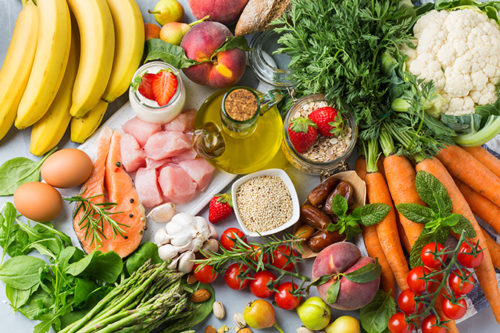February, with its focus on the heart, is the perfect time to enjoy some good-quality dark chocolate and/or an occasional glass of red wine.
 Dark chocolate and red wine supply antioxidant flavonoids that protect tissues in the body, including the blood vessel linings, from damage that can lead to inflammation. This inflammation increases the risk of plaque buildup associated with high blood pressure, clots and heart attacks.
Dark chocolate and red wine supply antioxidant flavonoids that protect tissues in the body, including the blood vessel linings, from damage that can lead to inflammation. This inflammation increases the risk of plaque buildup associated with high blood pressure, clots and heart attacks.While both dark chocolate and red wine are considered good sources of protective flavonoids, there are others, including:
- berries
- citrus fruit
- dark green leafy vegetables (like kale, parsley, and arugula or rocket)
- brewed tea (both black and green varieties)
- herbs (especially capers).
Flavonoids contribute a strong, pungent, and bitter flavor to foods. Processing reduces the bitterness, but also results in reduction in the level of these protectors. For example, decaffeinated teas have about half the flavonoid content of regular teas. And removal of the grape skins in the production of white wine results in almost total removal/loss of flavonoids.
The Dutch process of adding alkali to chocolate results in a less bitter chocolate product that is also lower in flavonoid content. The percent of nonfat cocoa solids (NFCS) is the best determinant of antioxidant activity and total flavonoid content. For example, an ounce of regular dark chocolate contains about 33 mg flavonoids, while an ounce of Dutch process dark chocolate provides only 16 mg, and an ounce of milk chocolate provides only 5 mg. Darker (and more bitter) chocolate also contains more of the mineral magnesium, which is so important for normal heart rhythm and rate.
Moderate alcohol consumption (<2 drinks/day for men and <1 drink/day for women) is also associated with reduced risk of coronary artery disease. This risk reduction is believed to occur through alcohol’s ability to increase HDL-cholesterol. It is unclear whether the flavonoids in red wine make it especially cardio protective, but there is some population research to support this connection.
So for both chocolate and red wine, moderation is the key. Health is always a question of balance … and I would add … “if you are going to blow it, blow it with quality stuff.”
 Vicky A Newman, MS, RDN regularly offers healthy eating classes at Oasis in San Diego. She also has her own blog at www.mindfulnutritionsolutions.com.
Vicky A Newman, MS, RDN regularly offers healthy eating classes at Oasis in San Diego. She also has her own blog at www.mindfulnutritionsolutions.com.







Leave A Comment
You must be logged in to post a comment.